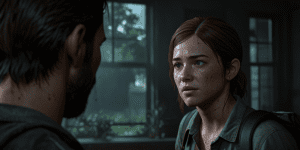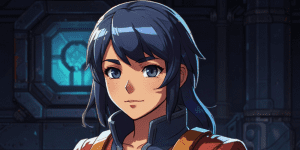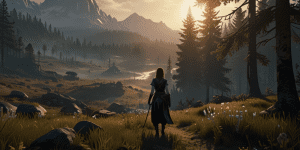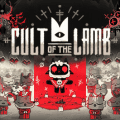Rediscovering the Unsung Pioneers: 8 Overlooked Early Open-World and Sandbox Games on PS3
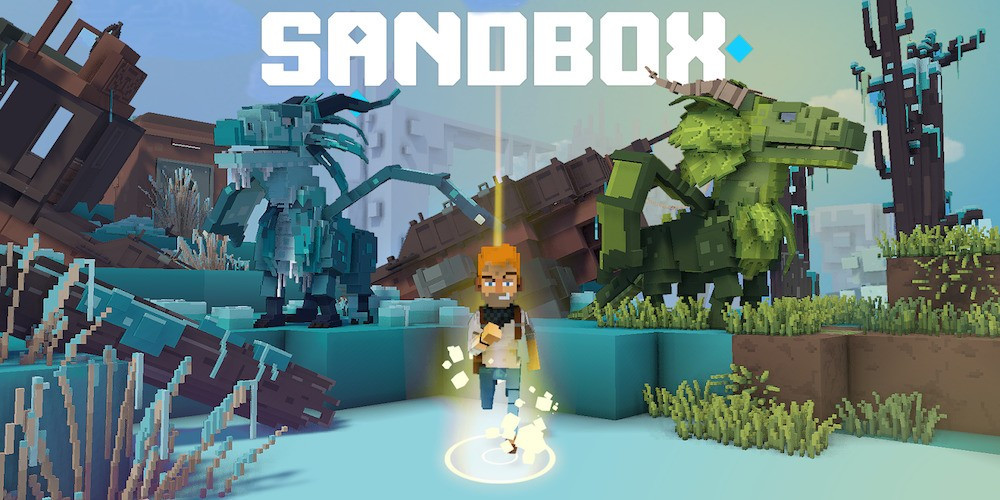
The universe of gaming is vast and ever-changing, with countless titles released each year. In the whirlwind of progress, some gems invariably get lost in the sands of time. The PlayStation 3 era witnessed the burgeoning of open-world and game universe sandbox, genres that would later dominate the gaming landscape. However, before the titans of the genre took the spotlight, several innovative yet underappreciated titles paved the way. This article aims to shine a light on eight such early PS3 games that, despite their unique offerings, have almost been forgotten. Join us on a journey through gaming history to revisit the overlooked pioneers of open-world and gaming sandbox experiences on the PS3.
The Saboteur (2009)
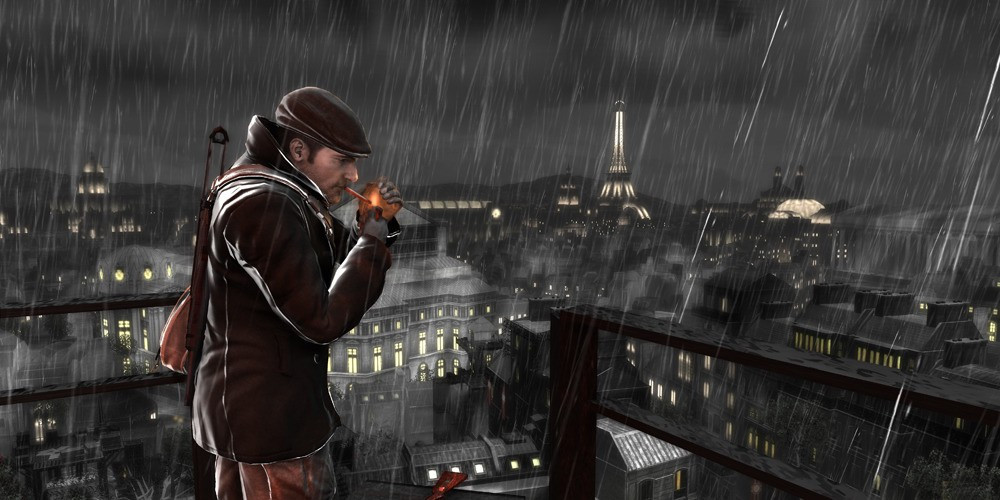
In the backdrop of Nazi-occupied France, The Saboteur combined stealth, racing, and action into an intriguing mix. The game presented a stylized black-and-white world with splashes of color to signify areas of influence. This aesthetic choice not only set the mood but also played into the gameplay. As the protagonist Sean Devlin, players could inspire the French populace to fight back, bringing color—and hope—back to the city. Despite its innovative art style and engaging story, The Saboteur didn't manage to leave a lasting mark on the gaming community.
Afrika (2008)
Unusual for its time, Afrika was a non-violent, photography-focused adventure that took players on a safari through the African wilderness. Tasked with capturing the beauty of the continent's flora and fauna on camera, players experienced a serene and educational journey. The game's emphasis on exploration and observation over traditional action-oriented gameplay was a breath of fresh air. However, its niche appeal meant that many gamers overlooked this title, and it has since faded into obscurity.
Folklore (2007)
Folklore was a fantasy action RPG that delved into the realm of myths and legends. Players stepped into the roles of two characters, each with their unique storyline that unfolded in the mysterious village of Doolin. The game stood out for its captivating atmosphere, intriguing creature collection mechanics, and lush, mystical world. Despite its originality and strong narrative, it remains one of the lesser-remembered titles of the era.
Fracture (2008)
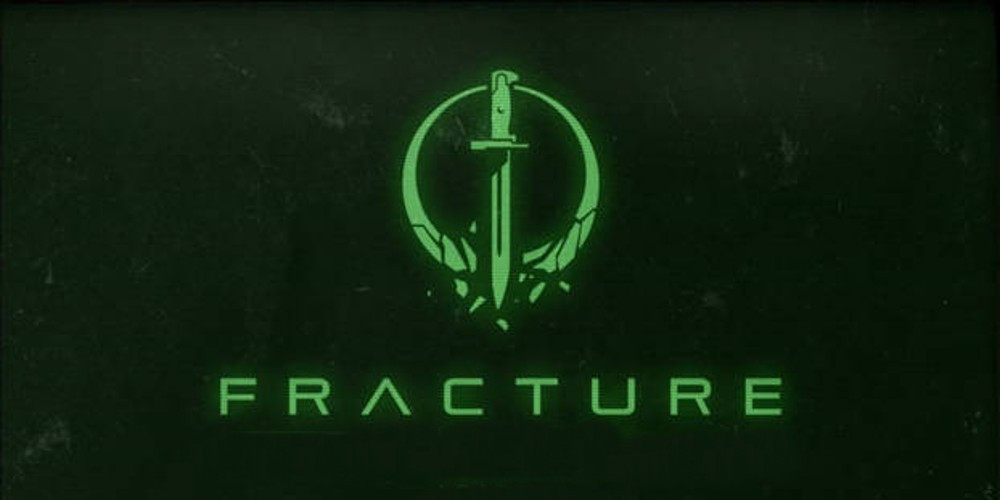
Fracture took players to a future where the manipulation of terrain became the core of its gameplay. The ability to raise or lower the ground on the fly was not only a tactical element in combat but also a puzzle-solving tool. Although Fracture presented a fresh concept with its deformable environments, it didn't manage to captivate a broad audience and quickly receded from public memory.
White Knight Chronicles (2008)
Combining traditional JRPG elements with an expansive online multiplayer experience, White Knight Chronicles aimed to offer something new to the genre. Players could create their avatars, embark on quests, and even build and visit towns in a shared online space. Despite its ambition and the inclusion of an engaging transformation mechanic, it failed to sustain a significant following and has since been overshadowed by other RPG giants.
MotorStorm: Pacific Rift (2008)
The sequel to the original MotorStorm, Pacific Rift took players from the desert to the lush islands of the Pacific, offering diverse terrains and adrenaline-pumping races. With its dynamic environments and destructive vehicle physics, the game was a thrill ride for racing enthusiasts. Nonetheless, it didn't achieve the iconic status of its contemporaries and has since been left in the dust.
MAG (Massive Action Game) (2010)

MAG was an ambitious multiplayer shooter that supported up to 256 players in a single match. Its focus was on large-scale warfare and player-driven factions. The game was a technical achievement for its time, pushing the boundaries of multiplayer experiences. Despite its groundbreaking approach, it struggled to maintain a lasting player base and faded from prominence.
Heavenly Sword (2007)
Heavenly Sword combined a cinematic narrative with a combat system that was both accessible and deep. The game told the story of Nariko, a warrior goddess, and showcased impressive visuals and motion capture for its time. While it gained some acclaim, it did not achieve the blockbuster status of some of PS3's later titles and has largely been forgotten by the gaming masses.
In conclusion, these eight early open-world and best sandbox games on the PS3 console were pioneers in their own right. They ventured into uncharted territories, experimented with novel concepts, and laid the groundwork for the genre's future successes. While they may not be remembered by everyone, their contributions to the evolution of gaming remain significant. It is important to revisit these titles not only to appreciate the roots of today's gaming marvels but also to enjoy the unique experiences they still offer. In the ever-accelerating race toward the next big thing, let's not forget the trailblazers who dared to dream differently.
Latest posts
See more-
![The Last of Us Part II: In-Depth Character Analysis and Storyline Exploration]() Editor’s Choice
2024-08-11
The Last of Us Part II: In-Depth Character Analysis and Storyline Exploration
The Last of Us Part II is an action-adventure video game that has gained significant popularity since its inception. Developed with immense creative prowess by...
Editor’s Choice
2024-08-11
The Last of Us Part II: In-Depth Character Analysis and Storyline Exploration
The Last of Us Part II is an action-adventure video game that has gained significant popularity since its inception. Developed with immense creative prowess by...
-
![CrossCode Developer Announces Alabaster Dawn, Enters Early Access in Late 2025]() News
2024-08-12
CrossCode Developer Announces Alabaster Dawn, Enters Early Access in Late 2025
In 2021, Radical Fish Games initially introduced a new action RPG titled Project Terra. Now, they have officially named it Alabaster Dawn and announced that...
News
2024-08-12
CrossCode Developer Announces Alabaster Dawn, Enters Early Access in Late 2025
In 2021, Radical Fish Games initially introduced a new action RPG titled Project Terra. Now, they have officially named it Alabaster Dawn and announced that...
-
![Alabaster Dawn Planned to Have 30-60 Hours of Playtime, Demo Launching in Early 2025]() News
2024-08-13
Alabaster Dawn Planned to Have 30-60 Hours of Playtime, Demo Launching in Early 2025
Radical Fish Games has made an exciting announcement regarding their upcoming action RPG, Alabaster Dawn, which is set to enter early access in 2025. In...
News
2024-08-13
Alabaster Dawn Planned to Have 30-60 Hours of Playtime, Demo Launching in Early 2025
Radical Fish Games has made an exciting announcement regarding their upcoming action RPG, Alabaster Dawn, which is set to enter early access in 2025. In...
Latest Reviews
See more-
![]() Action
Cult of the Lamb
Action
Cult of the Lamb
-
![]() Action
WILD HEARTS™
Action
WILD HEARTS™
-
![]() Casual
Gacha Club
Casual
Gacha Club
-
![]() Action
Call of Duty®: Warzone™ 2.0
Action
Call of Duty®: Warzone™ 2.0
-
![]() Action
Gacha Cute
Action
Gacha Cute
-
![]() Action
Cuphead - The Delicious Last Course
Action
Cuphead - The Delicious Last Course


